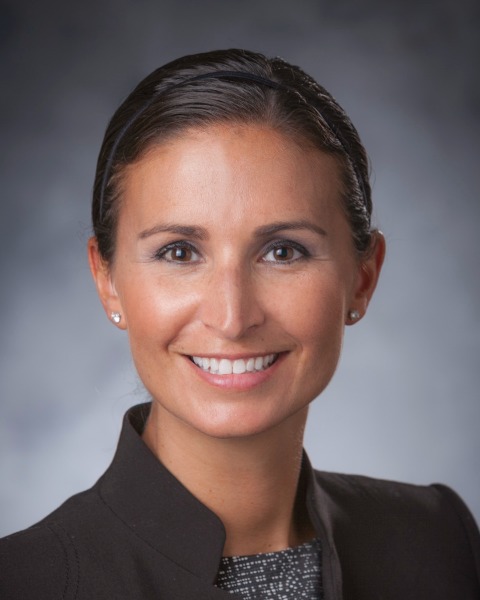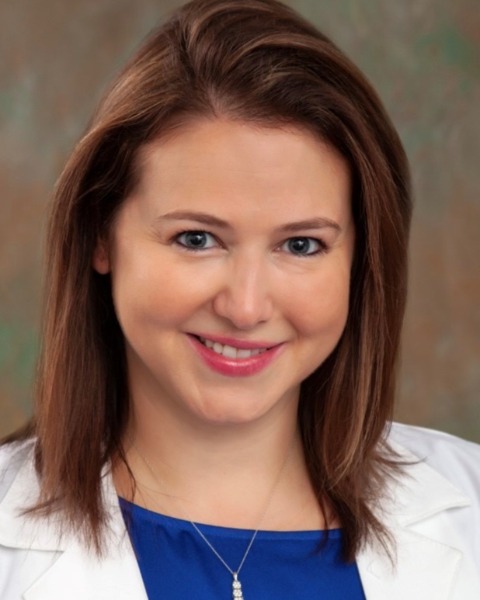Breast
E14: Germline Genetic Testing for Patients with Breast Atypia

Jennifer K. Plichta, MD, MS (she/her/hers)
Associate Professor of Surgery, Surgical Oncology
Duke University School of Medicine
Durham, North Carolina, United States
Jennifer K. Plichta, MD, MS (she/her/hers)
Associate Professor of Surgery, Surgical Oncology
Duke University School of Medicine
Durham, North Carolina, United States
Jennifer K. Plichta, MD, MS (she/her/hers)
Associate Professor of Surgery, Surgical Oncology
Duke University School of Medicine
Durham, North Carolina, United States- ST
Samantha M. Thomas, MS
Principal Biostatistician
Duke Cancer Institute, United States - JD
Juliet C. Dalton, MS
Medical Student
Duke University Medical Center, United States - AC
Akiko Chiba, MD
Assistant Professor of Surgery
Duke University, United States 
Astrid M. Botty van den Bruele, MD
Breast Surgical Oncologist
Duke University
Durham, North Carolina, United States.jpg)
Laura H. Rosenberger, MD MS (she/her/hers)
Breast Surgical Oncologist
Duke University
Durham, North Carolina, United States- CM
Carolyn S. Menendez, MD
Assistant Professor of Surgery
Duke University Medical Center, United States .jpg)
E. Shelley Hwang, MD, MPH
Mary and Deryl Hart Distinguished Professor of Surgery
Duke University School of Medicine
Durham, North Carolina, United States
ePoster Abstract Author(s)
Submitter(s)
Author(s)
Breast atypia is known to increase a woman’s risk of developing breast cancer, as does the presence of select pathogenic germline genetic mutations. We sought to evaluate whether women with atypia were also more likely to harbor similar genetic mutations.
Methods:
Adult women with atypia [atypical ductal hyperplasia (ADH), atypical lobular hyperplasia (ALH), lobular carcinoma in situ (LCIS), or other atypia] at a single academic institution were identified via an institutional database and our breast surgery clinics. Participants were offered germline genetic testing using a commercially available 29-gene cancer panel. Patients with a prior and/or concurrent breast cancer diagnosis were excluded. A pathogenic or likely pathogenic mutation was considered a positive result. Patient characteristics and genetic data were evaluated; logistic regression was used to estimate the association of select variables with identification of any pathogenic mutation.
Results:
Genetic test results were available for 186 of the 199 enrolled patients. The median age of atypia diagnosis was 48.4 years (IQR 43.7-52.4), and the median age at the time of genetic testing was 52.0 years (IQR 46.0-56.9). The majority of patients were non-Hispanic White (68.8%, n=137), and were diagnosed with ADH (65.3%, n=130), LCIS (15.1%, n=30), ALH (14.1%, n=28), or other (5.5%, n=11). The majority (91%, n=181) had a family history of breast cancer but did not meet NCCN criteria for genetic testing (60.8%, n=121). Only 19.6% (n=39) had a risk score ≥3% of having a mutation. Of the 186 available results, 7 were diagnosed with a pathogenic mutation (3.8% positive), and 6 were clinically actionable (3.2%). Clinically actionable results included: 1 ATM (0.5%), 1 BRCA2 (0.5%), 1 CHEK2 (0.5%), 2 MITF (1.1%), and 1 MSH2 (0.5%); 1 MUTYH (not clinically actionable) was also identified (0.5%). There were no statistically significant differences in age at atypia diagnosis, age at genetic testing, or race/ethnicity between those with a positive/negative test (all p >0.05). There was also no difference in type of atypia, family history, NCCN eligibility, or having a risk score ≥3%, for those with a positive/negative test (all p >0.05). Logistic regression assessing the potential association of these factors with a positive test yielded similar findings (all p >0.05; Table).
Conclusions:
Pathogenic germline genetic mutations among women with breast atypia are uncommon, reflecting a much lower prevalence rate than has been reported among patients with a diagnosis of breast cancer. Our findings support that patients with atypia are likely distinct from those with breast cancer.
Learning Objectives:
- List the types of germline genetic mutations that may be found among women with breast atypia.
- Understand the factors that may or may not be associated with the presence of germline genetic mutations in women with breast atypia.
- Describe the factors that may influence one's decision to recommend or not recommend germline genetic testing to breast patients.
